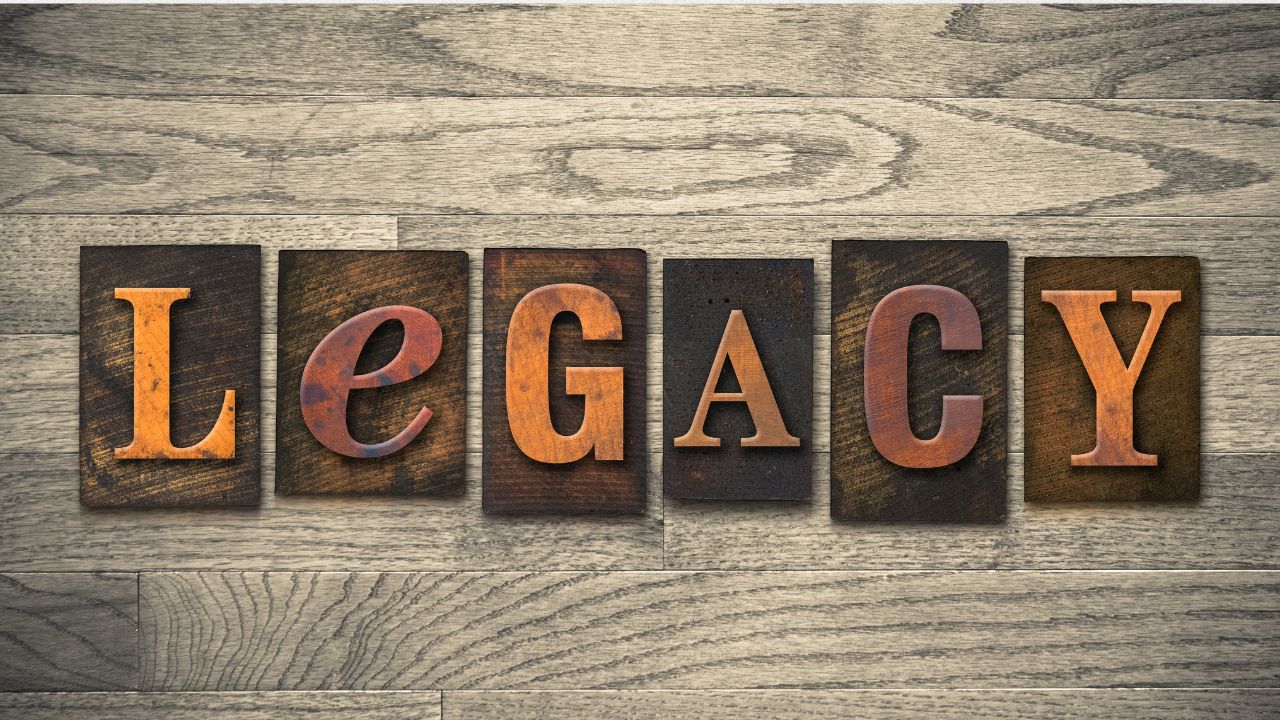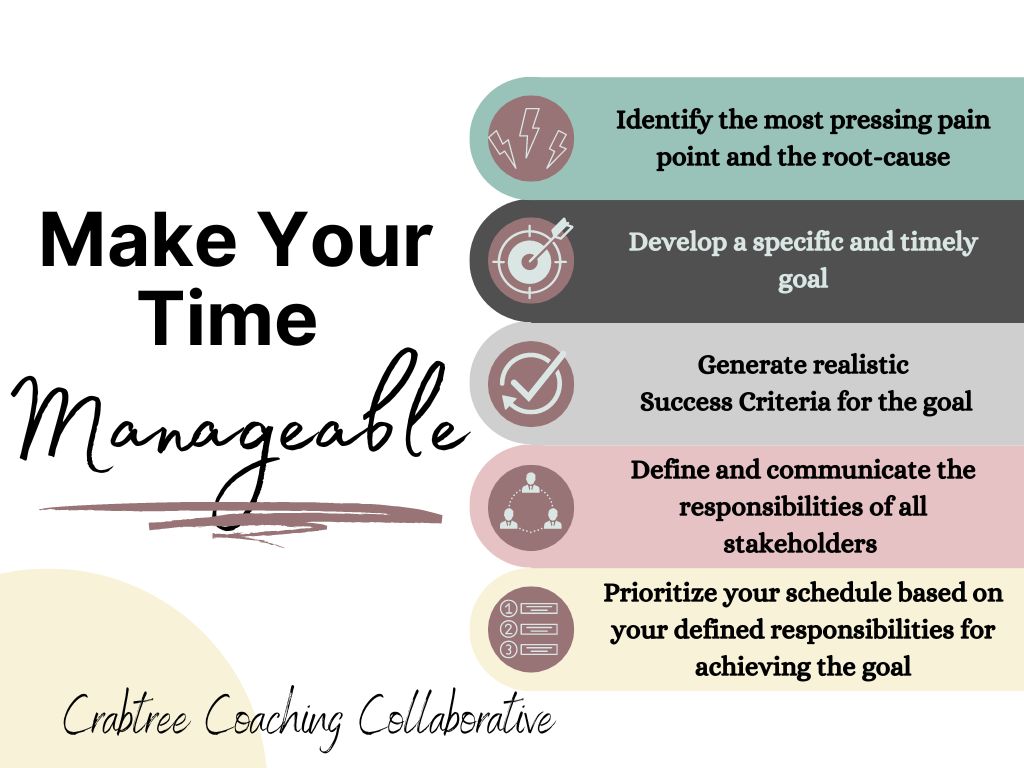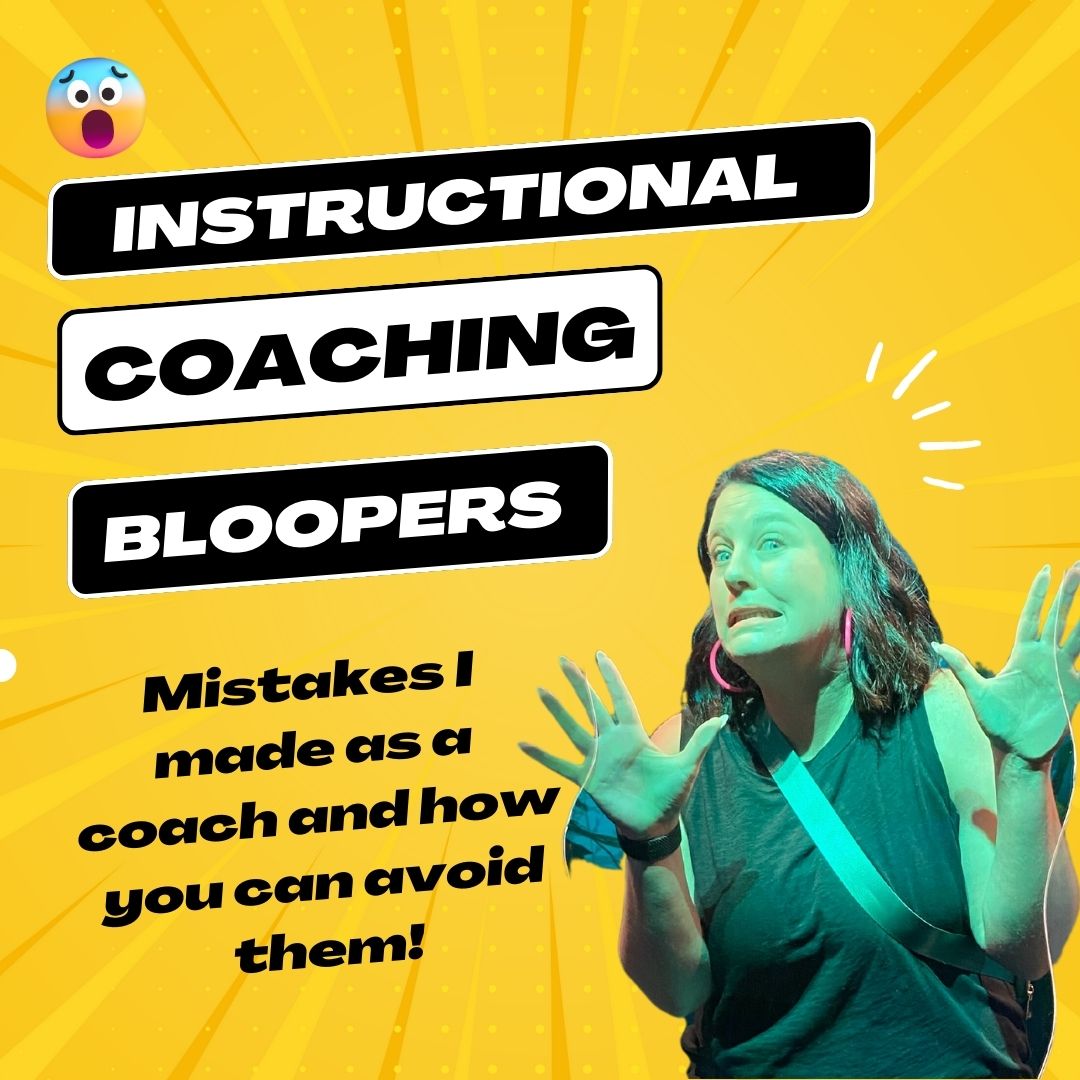Stop Losing Your Best Teachers! Improve Your Campus Culture in 3 Steps Before the School Year Ends
By Alissa Crabtree, Instructional Leadership Coach
As the school year draws to a close, it’s a pivotal time for reflection and planning for the future. One crucial aspect of this reflection should be the retention of valuable teachers. Losing talented educators can disrupt the stability and progress of a school community. However, by proactively enhancing campus culture before the year ends, schools can foster an environment where teachers feel valued, supported, and motivated to stay.
I know what you might think: “Alissa, there is no way you can overhaul a campus culture in just a few weeks.” And you would be correct; however, it is never too late to start making small moves to receive a massive return on investment. Are you craving support to strengthen your campus culture? Schedule a call with me, and let me help you!
Until we can meet, let me share three actionable strategies for the end of the school year.
Feedback Interviews for Continuous Improvement:
As the academic year concludes, consider implementing feedback interviews. These could be one-on-one sessions where teachers can provide valuable insights and suggestions to school leaders. For instance, a teacher might suggest a new approach to a specific subject or change the school’s disciplinary policy. These interviews serve as a platform for teachers to express their thoughts on various aspects of the school environment, including curriculum, resources, support systems, and professional development opportunities. Encourage open and honest dialogue, and demonstrate a genuine willingness to listen and act upon the feedback received. Not only does this empower teachers to feel heard and valued, but it also provides valuable input for improving campus culture and retention strategies.
Now, I know that this takes more time than just asking for individuals to complete a form, but here is the deal: one-to-one interactions are more genuine and powerful than answering questions on a virtual platform.
Oprah Winfrey famously stated, “The number one thing that humans truly want is to be seen, heard, and understood.” By meeting with your teachers personally, you are making space for those you lead to be heard. When people feel seen, heard, and understood within an organization, they will stay.
Celebrate Achievements and Express Gratitude:
Before the school year ends, take the time to celebrate teachers’ achievements and contributions. Organize recognition events, awards ceremonies, or simple gestures of appreciation to acknowledge educators’ hard work and dedication throughout the year.
Warning: Do not make blanket statements of praise. You need to name names and be as specific as possible. Many amazing teachers are requesting to be transferred, leaving districts, or abandoning the position altogether because their colleagues are not being held responsible, therefore adding more responsibility to their own plate. Give the individuals the praise they deserve. It all goes back to people wanting to “be seen, heard, and understood.”
Expressing gratitude boosts morale and motivation and strengthens the sense of community and camaraderie among staff members. Additionally, teachers should be encouraged to reflect on their own accomplishments and celebrate their personal growth and achievements over the past year.
Plan for Professional Development and Growth Opportunities:
Use the end of the school year as an opportunity to plan and communicate professional development and growth opportunities for the upcoming year. Discuss potential workshops, training sessions, conferences, or other learning opportunities that align with teachers’ interests and professional goals. Solicit teacher input to ensure that the provided opportunities are relevant and beneficial; after all, what you believe they need just might be inaccurate. Schools can foster a culture of continuous learning and improvement by demonstrating a commitment to supporting teachers’ ongoing growth and development, enhancing job satisfaction and retention rates. Individual and collective efficacy are paramount, and if we provide the learning and tools teachers need to succeed, they will have the confidence to overcome various obstacles they face.
By implementing these end-of-the-school-year strategies, schools can proactively address teacher retention issues and lay the groundwork for a positive and supportive campus culture. Feedback interviews empower teachers to voice their opinions and contribute to school improvement efforts, while celebrations of achievements and expressions of gratitude boost morale and strengthen community bonds. Planning for professional development opportunities demonstrates a commitment to supporting teachers’ growth and development, ultimately fostering a culture where educators feel valued, supported, and motivated to stay for years to come.
You can’t stop here, though. Let me support you on this journey. Schedule a call with me today, and we will uncover the cause of your campus chaos and outline a plan that will move you in the right direction!












